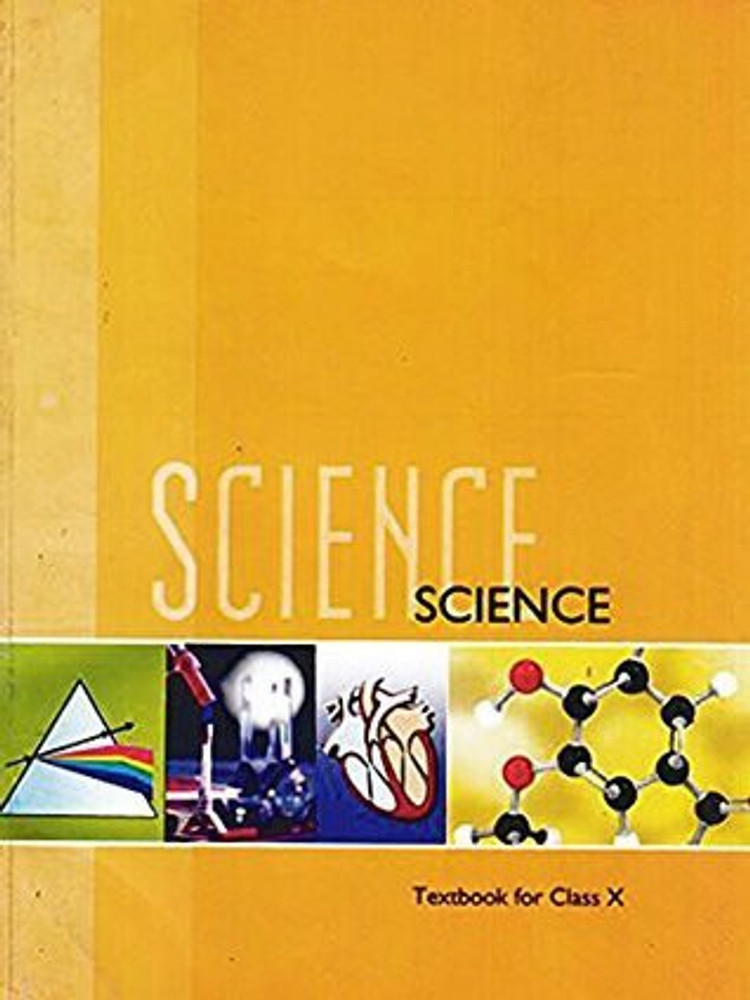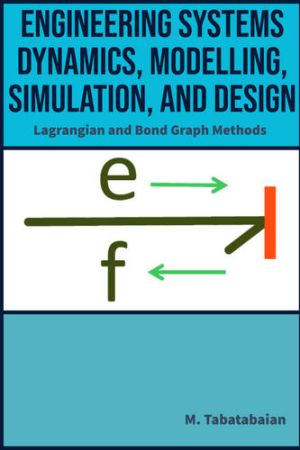Quantum Entanglement Detected Inside Protons for the First Time by Researchers
In a major development in quantum physics, researchers have discovered quantum entanglement inside protons, a breakthrough that was previously theorised but unproven. Using data from the Large Hadron Collider and advanced quantum information science, evidence of entanglement between quarks and gluons was found within the proton. This discovery challenges long-standing perceptions and provides new insights into the behaviour of fundamental particles. Researchers are now exploring how entanglement might affect atomic nuclei structures in future experiments.

A recent discovery has been made in the field of quantum physics, where scientists have identified quantum entanglement within the fundamental building blocks of protons. This finding demonstrates that quarks and gluons, which form protons, can exist in a quantumly connected state, sharing information even at incredibly small scales. The observation sheds new light on the intricate nature of subatomic particles and their interactions, fundamentally altering long-held perceptions about protons.
Study reveals quantum link inside protons
According to a study published in Reports on Progress in Physics, researchers used advanced data analysis from the Large Hadron Collider and the Hadron-Electron Ring Accelerator to uncover this phenomenon. Evidence of entanglement between quarks and gluons was detected over distances as small as one quadrillionth of a meter, with particles sharing maximum information possible within the proton. Zhoudunming Tu, physicist at Brookhaven National Laboratory, explained to Live Science that this discovery challenges the traditional understanding of protons as static collections of quarks and gluons.
Entropy measurements confirm entanglement
The investigation utilised principles from quantum information science, specifically entropy measurements. Entropy, which reflects a system's possible energy states, was observed to increase due to entanglement. This correlation provided direct evidence of the entangled state, according to Tu. He stated to Live Science that the study's findings align strongly with theoretical predictions, marking a significant step in understanding the dynamic properties of protons.
Implications for future research
The discovery raises new questions about the role of quantum entanglement in atomic nuclei. Researchers plan to explore this further using the Electron-Ion Collider, which is expected to begin operations within the next decade. In the interim, alternative experimental methods, such as ultra-peripheral heavy-ion collisions, may provide additional insights. As the study progresses, these findings are anticipated to deepen the understanding of fundamental particles and their behaviours, paving the way for future advancements in quantum physics.












)

























































